1
/
9
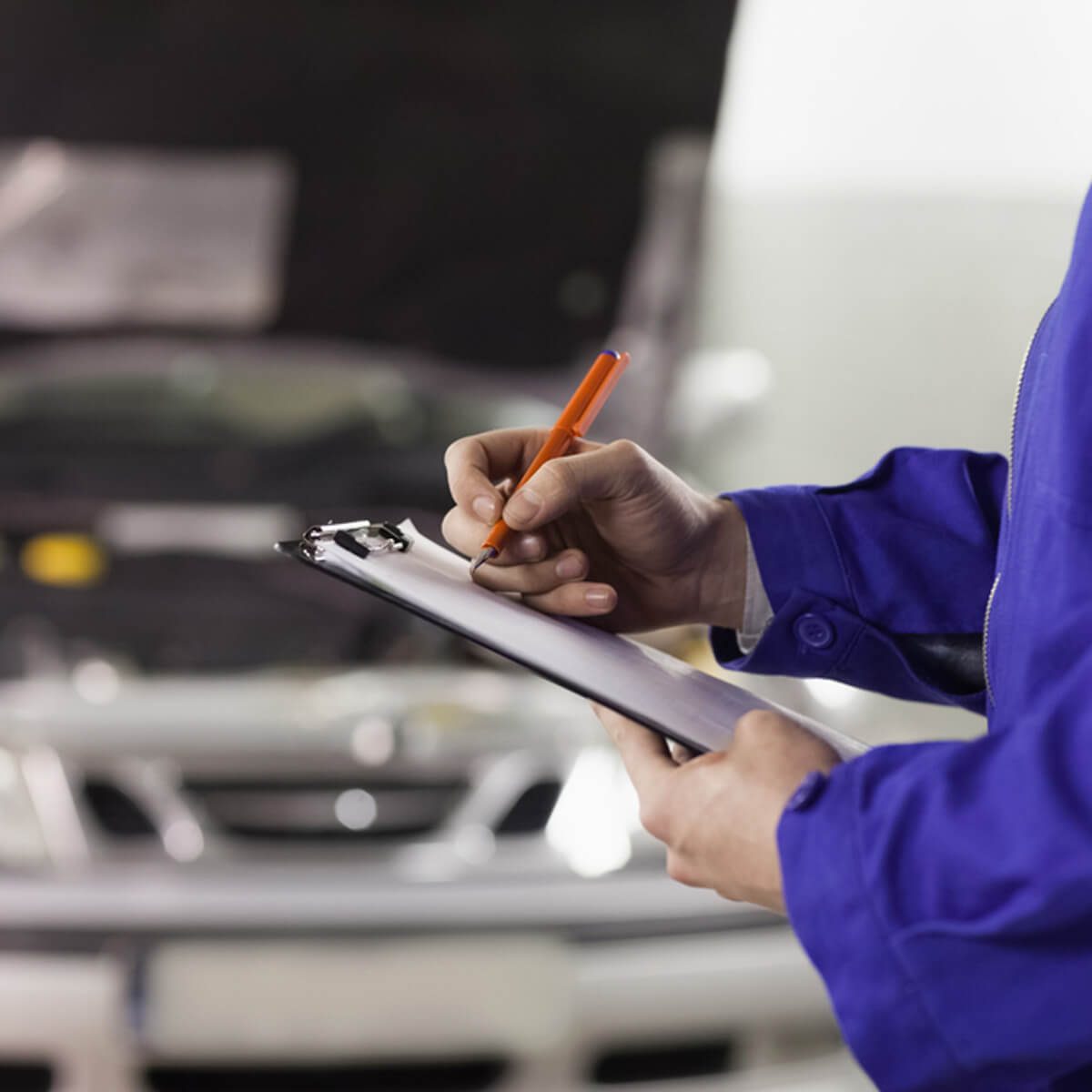
Get Your Car Serviced
Having your car break down any time of the year is an inconvenience, but in the cold and snow, it can be dangerous. Take your vehicle in for a tune-up, oil change and any needed repairs. Now's also the best time to check the tread on your tires.
Check out some more of our winter driving tips and learn how to change your own car oil and our expert guide for buying tires.
2
/
9
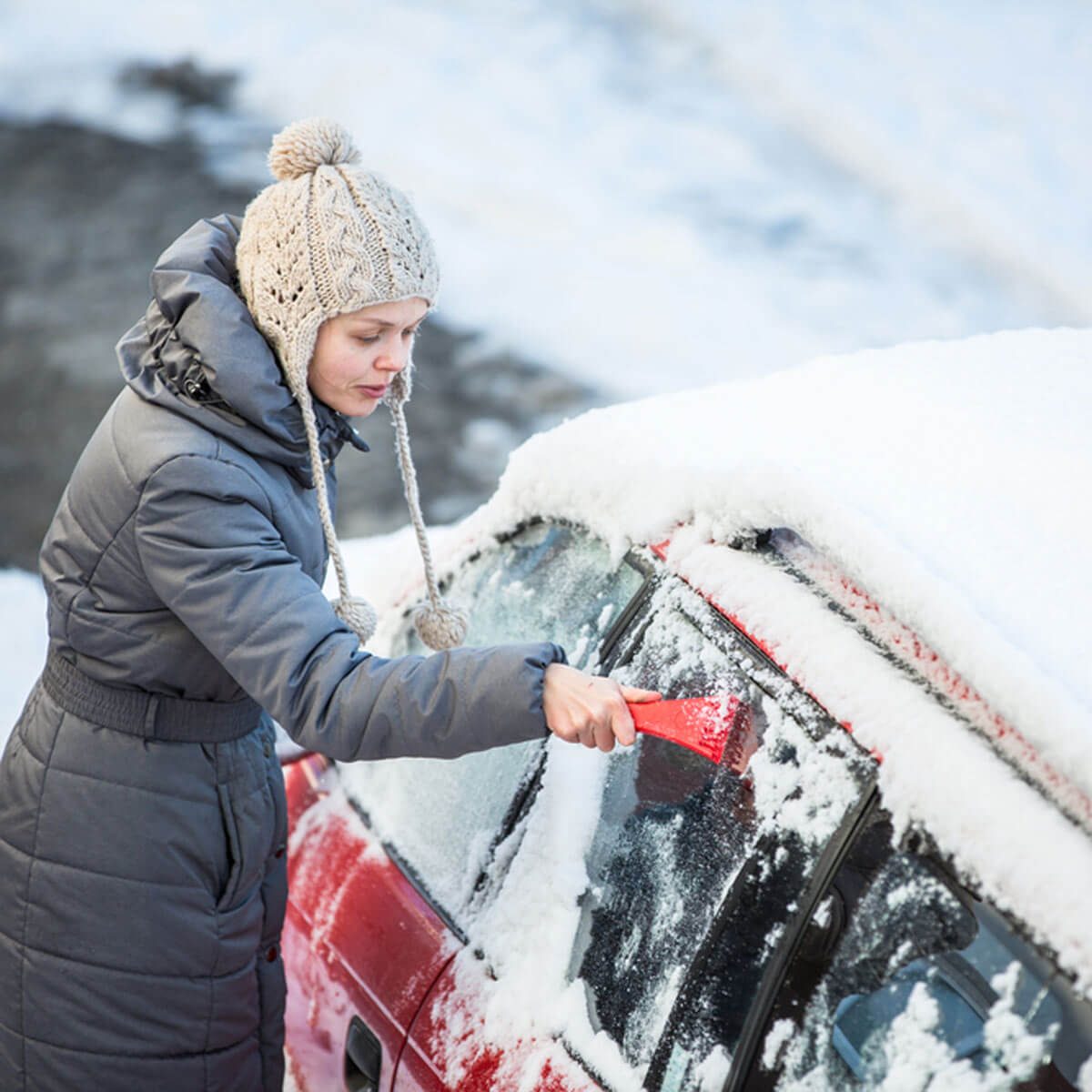
Clear the Snow and Ice
Before you go anywhere, clear the snow and ice from your car's windows, lights, hood and roof. And make sure your car's lights—both front and rear—are visible while winter driving and especially during icy road conditions.
Here's how to replace automotive light bulbs you'd never think of until you need them.
3
/
9
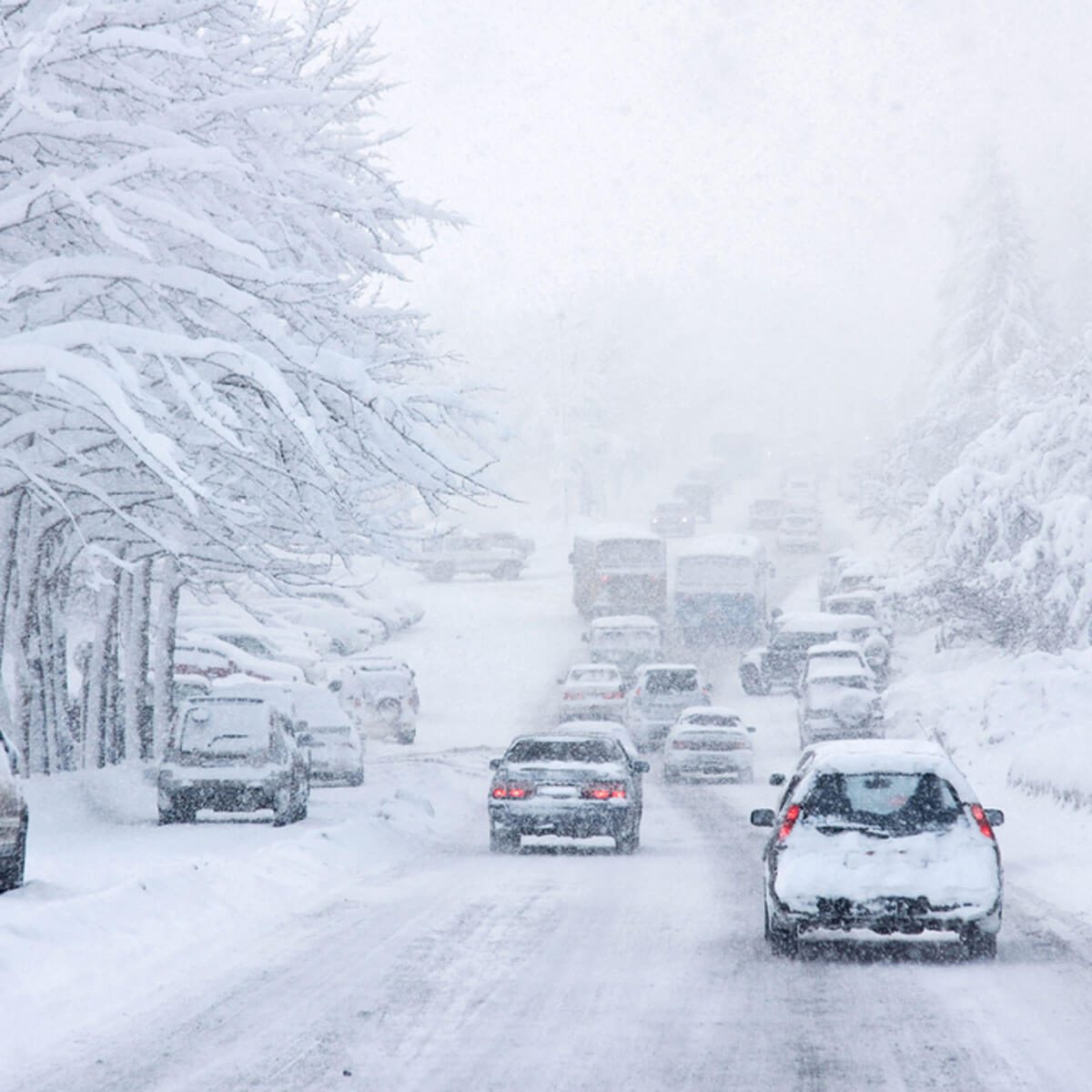
Winter Driving Tips: Go Slow and Leave Space
Posted speed limits are for dry pavement and braking takes longer in slick icy roads conditions, so leave plenty of room for stopping. When roads are icy or snow-covered, leave at least a 10-second gap between you and the car in front of you.
Changing front brake pads is simpler than replacing rear disc brakes so learn how to do it for yourself.
4
/
9
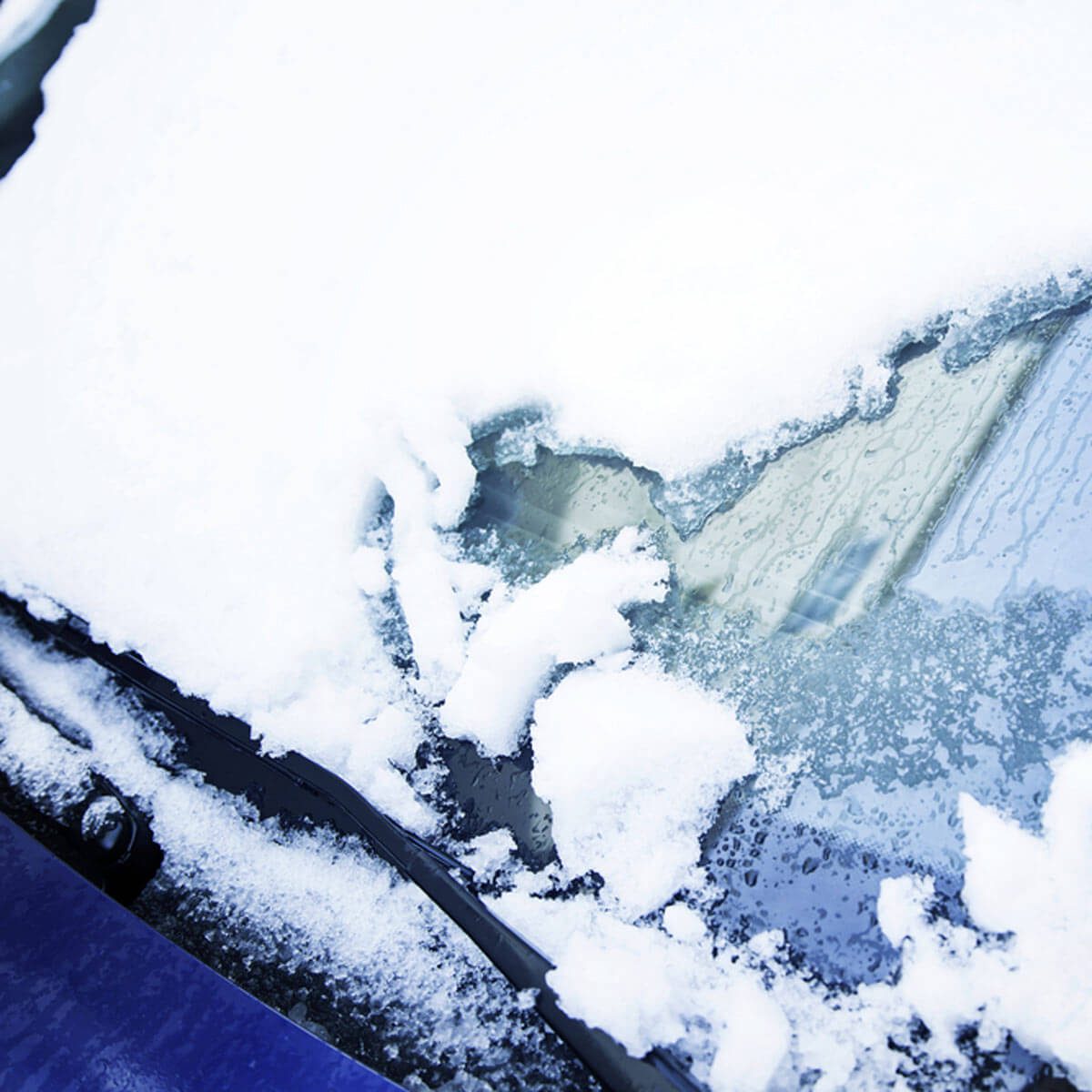
Watch Your Wipers
You use your windshield wipers constantly during winter driving so make sure they're up for the job. And replace worn blades and be sure to keep windshield wiper fluid with de-icer in your vehicle's trunk so you're never stuck without.
Learn how to change wiper blades in 3 steps.
5
/
9
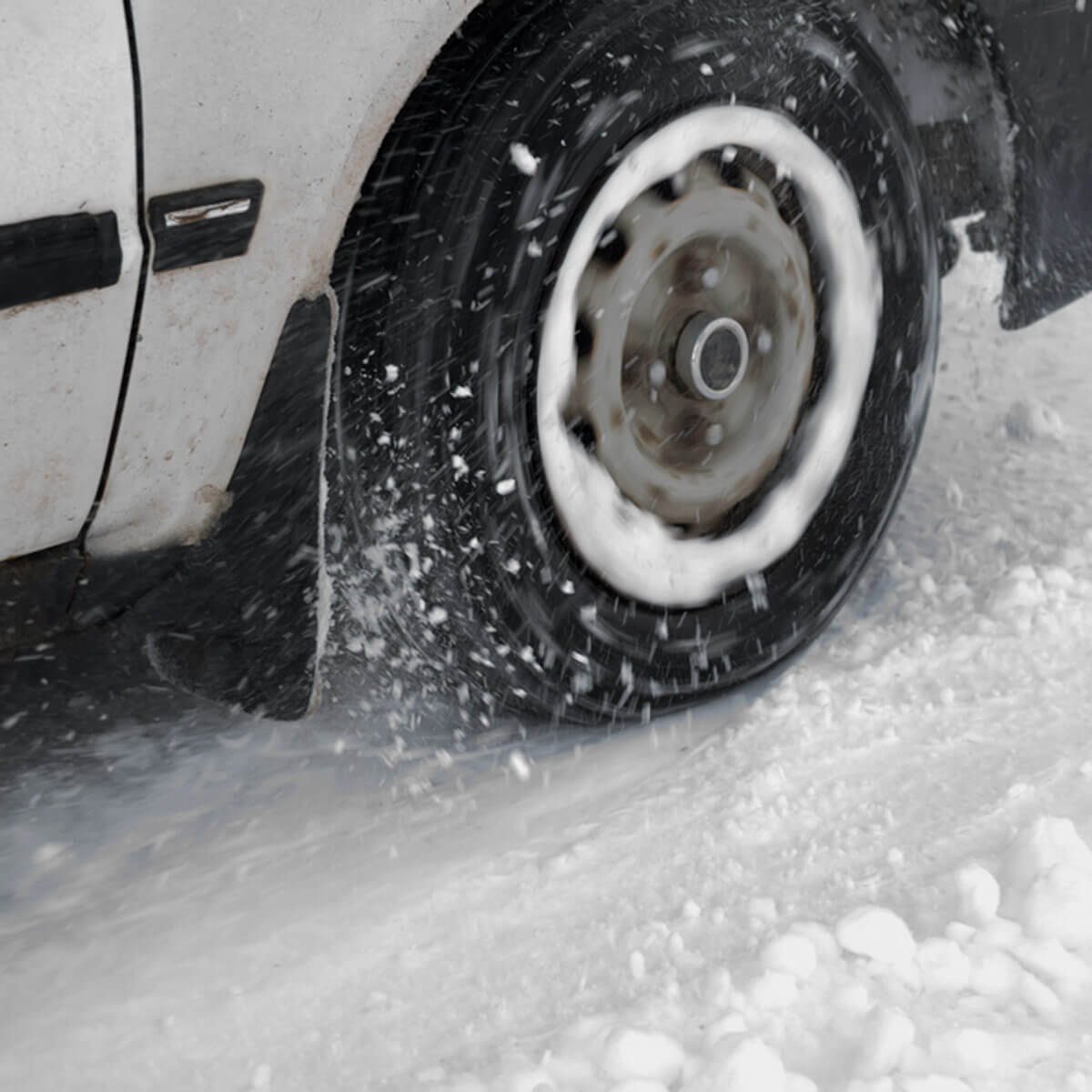
Accelerate Slowly
Winter driving tips 101: Don't try to get moving in a hurry when there are snowy and icy roads. Applying the gas slowly to accelerate is the best method when you're struggling to gain traction while winter driving. Also, it's smart to accelerate slowly to avoid skids.
Here are a few must-do tasks to winterize your car.
6
/
9
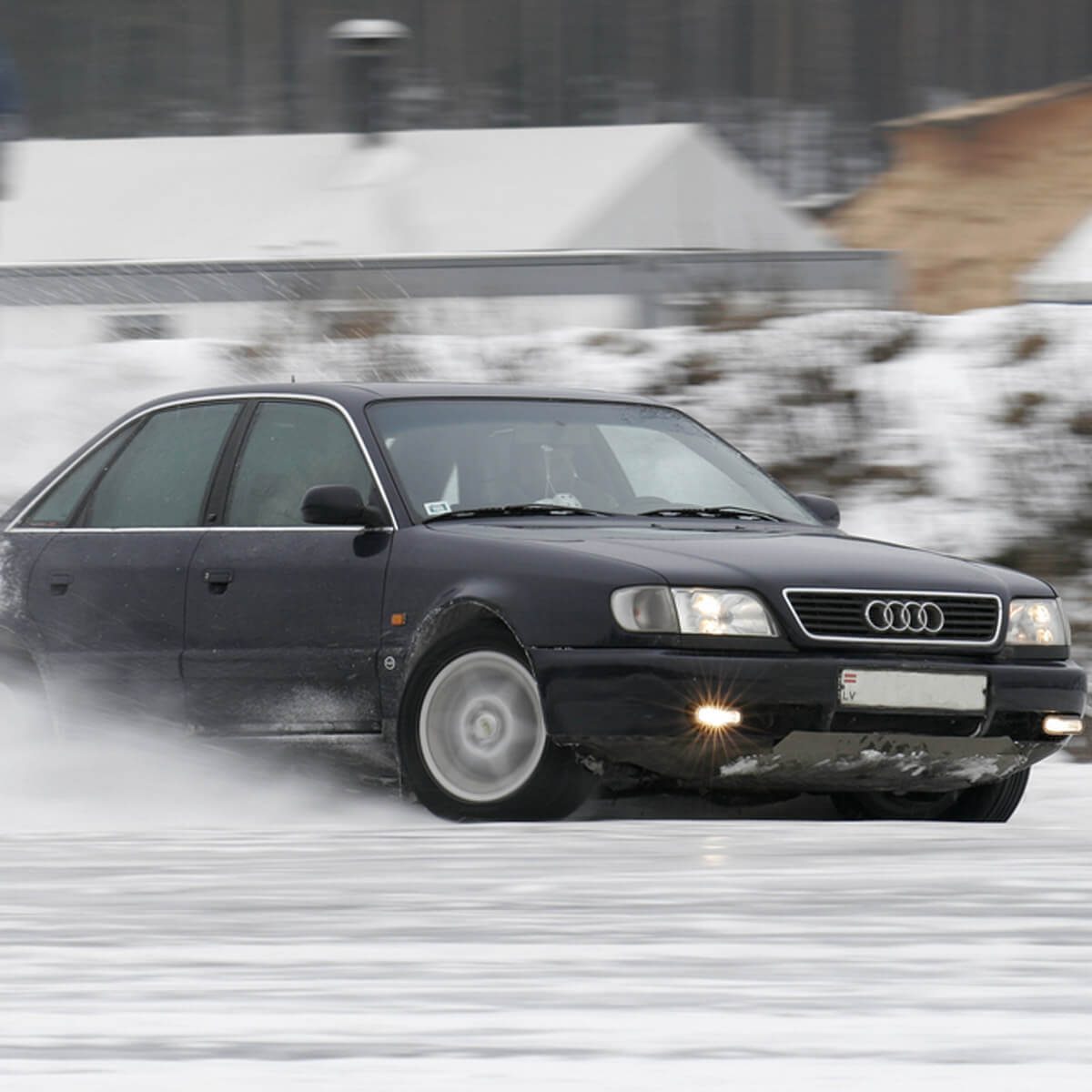
Correct a Slide
If you start to lose control on icy roads, it means you're going too fast for winter driving conditions. And if your vehicle begins to fishtail, turn your wheels in the same direction that the rear of the vehicle is sliding. Don't use your brakes to correct a slide. Also, when you regain traction, straighten out the steering wheel.
Learn how to change power steering fluid quickly and easily and save the $55 shop charge.
7
/
9
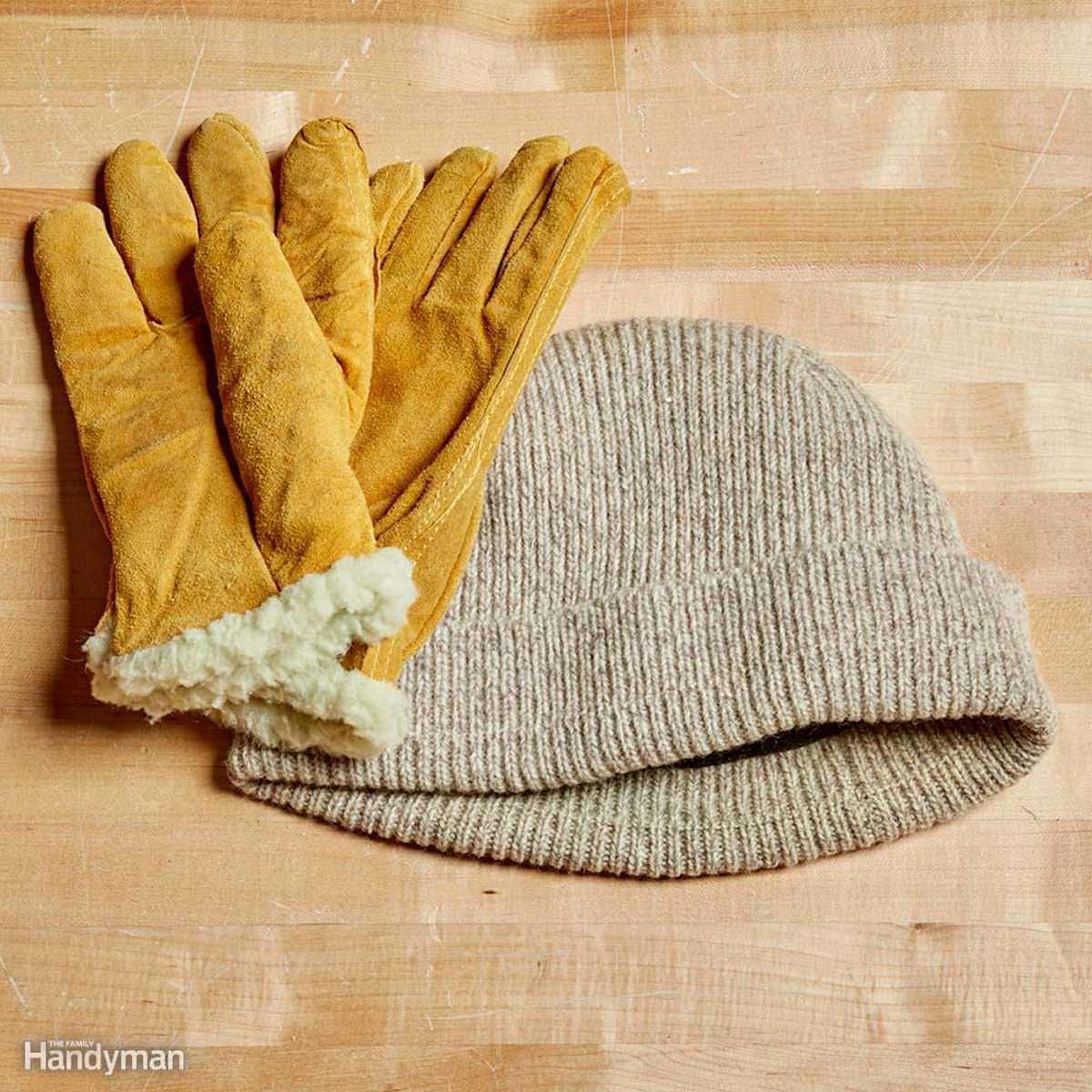
Have an Emergency Kit
Stock your vehicle with items that can help you in an emergency, such as a snow shovel, sand and/or kitty litter and an ice scraper. It's also a good idea to keep an emergency kit with items such as a hat and mittens, a flashlight, and flares. Or even an emergency triangle, blankets, any necessary medication, a car charger for your cell phone, water and a few non-perishable snacks.
8
/
9
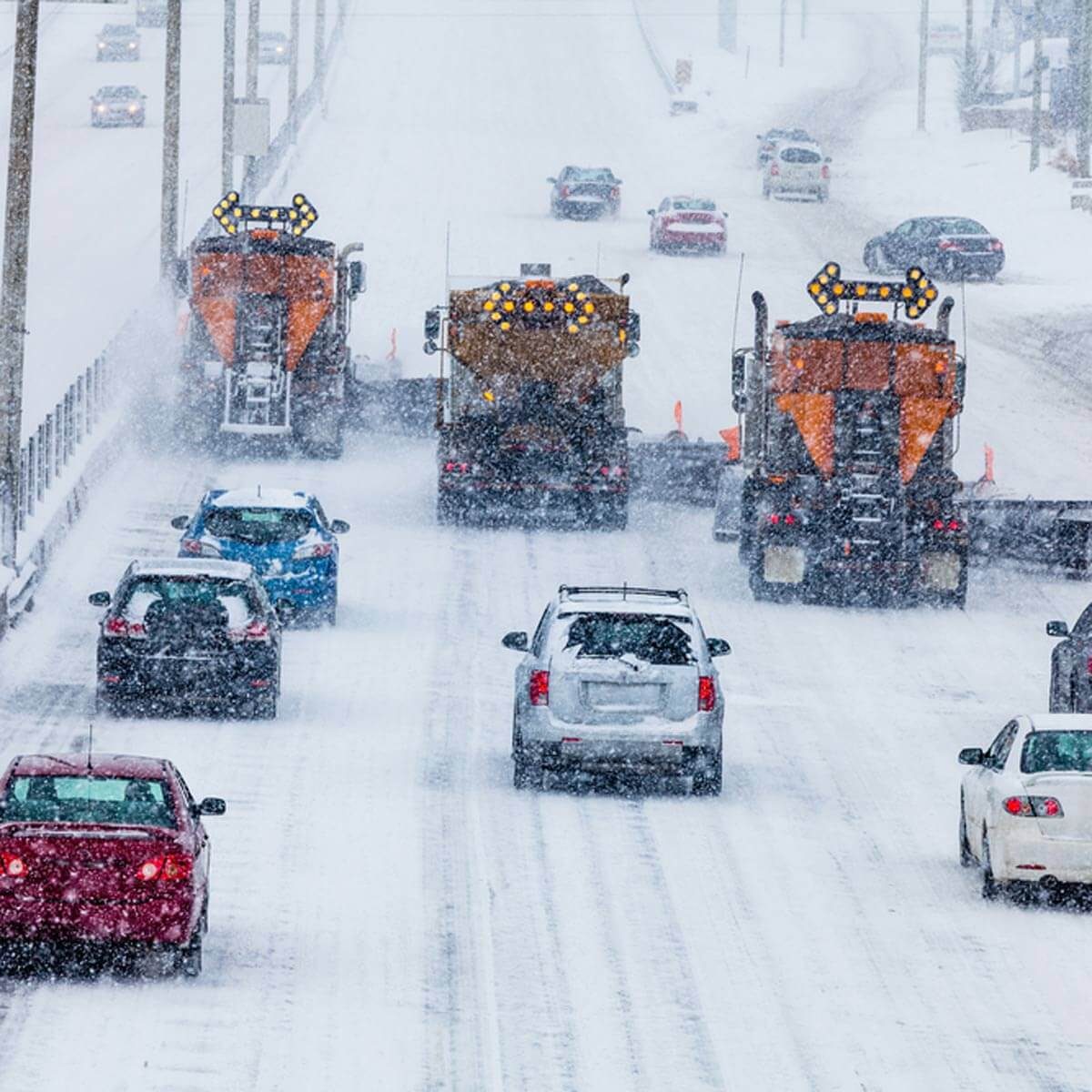
Use Caution Around Snow Plows
Winter driving tips 101: Remember that snow plows make wide turns, throw snow and take up a lot of space on the road. Driving behind a snow plow is safe, but allow yourself plenty of room and never drive beside a snow plow for an extended period of time.
These 13 snow blowing tips will help you maintain and operate your snow blower for maximum efficiency and safety.
9
/
9
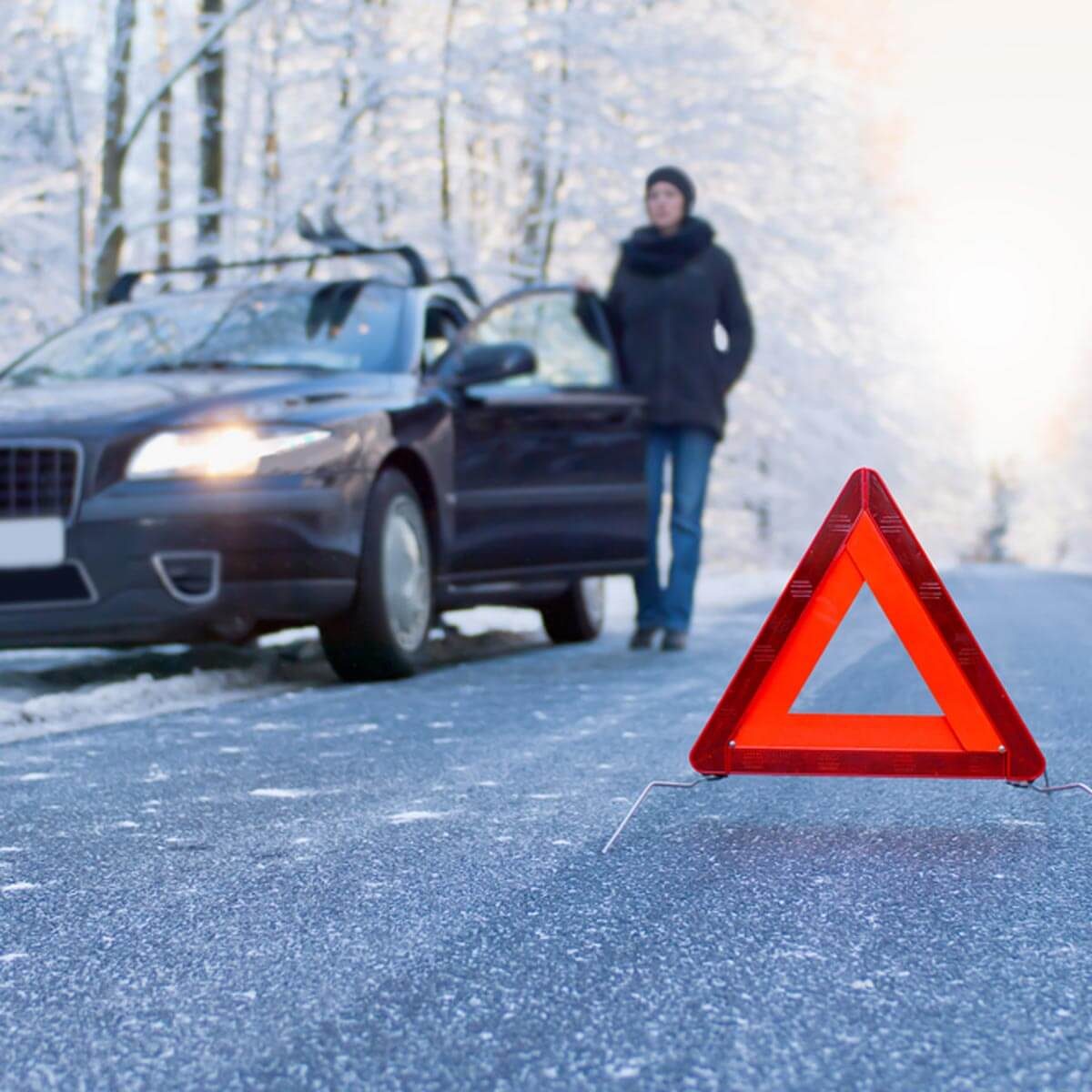
What to Do in An Emergency
If you do end up stuck in a ditch while winter driving or on the side of the icy roads in need of help, stay with your car. And put out a reflective road triangle if you have one or tie a bright piece of fabric to your antenna if you have one. Keep your interior dome light turned on if it's dark outside. Run your vehicle in short spurts, just to stay warm and be sure to remove any snow from the exhaust pipe.
RELATED: Not only your vehicles, other things like your in-ground pool needs to be prepared for the winters too.
